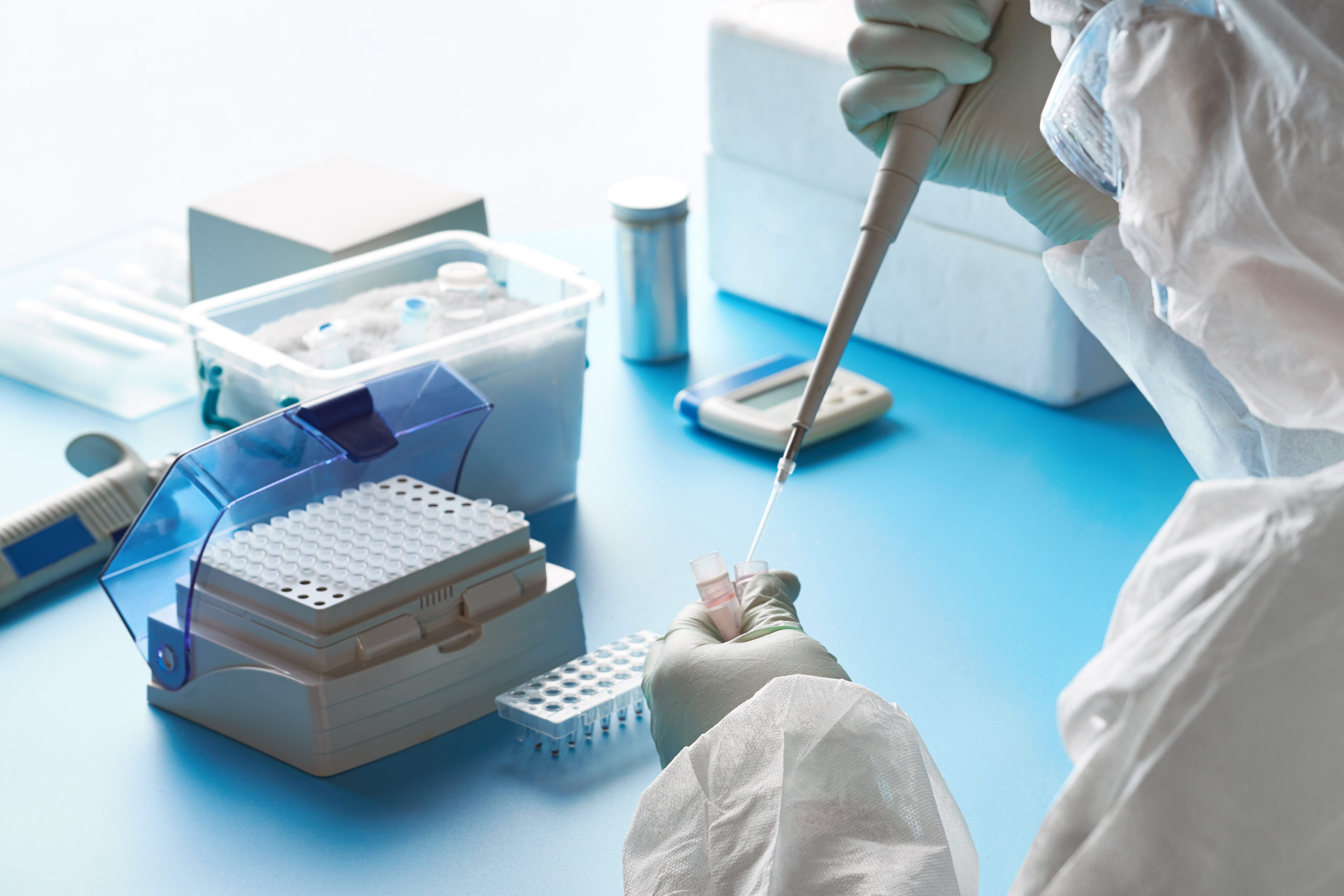Urinary tract infections (UTIs) are a common and significant healthcare problem, affecting millions worldwide. Rapid and accurate UTI diagnosis is crucial to ensure timely and effective treatment and prevent complications. In recent years, there have been significant advances in developing urinary tract pathogen detection Dallas technologies to improve the speed and accuracy of UTI diagnosis. These technologies employ various approaches, including traditional culture-based methods, nucleic acid amplification tests, and rapid diagnostic tests. The latest advances in UTI detection technologies have shown great promise in improving the sensitivity, specificity, and speed of UTI diagnosis, enabling more targeted and effective treatment strategies.
Molecular diagnostics
Molecular diagnostic techniques have revolutionized the detection of urinary tract pathogens. Polymerase chain reaction (PCR) and nucleic acid amplification tests (NAATs) are two common molecular diagnostic techniques to detect bacterial DNA in urine samples. These techniques can detect small amounts of bacterial DNA, making them highly sensitive and specific. They are also rapid, producing results in hours rather than days. This technology is especially useful in detecting antibiotic-resistant bacteria, which traditional culture methods may not pick up.
Biosensors
Biosensors are analytical devices that detect and quantify biological substances. Urinary tract biosensors have been developed that detect the presence of bacterial pathogens in urine samples. The biosensors work by detecting the specific molecules bacteria produce, such as bacterial toxins or enzymes. The biosensors can be integrated with smartphone apps, allowing patients to monitor their health status in real time. This technology has the potential to revolutionize UTI diagnosis and treatment by providing rapid and accurate results.
Microfluidics
Microfluidics is a field of study that deals with manipulating small volumes of fluids in microscale channels. Microfluidic devices have been developed for UTI diagnosis, allowing for rapid and sensitive detection of urinary tract pathogens. These devices work by isolating and concentrating bacteria from urine samples, subjecting them to specific chemical and physical conditions that facilitate their detection. Microfluidic devices can be used in point-of-care settings, providing fast and accurate results without laboratory equipment.
Nanotechnology
Nanoparticles have been developed that can detect the presence of urinary tract pathogens in urine samples. These nanoparticles are coated with specific antibodies that bind to bacterial antigens to produce a color change that can be detected using a simple colorimetric assay.
MALDI-TOF Mass spectrometry
Matrix-assisted laser desorption/ionization time-of-flight (MALDI-TOF) mass spectrometry is a powerful tool for identifying microorganisms. This technology has been adapted for detecting urinary tract pathogens, allowing for rapid and accurate identification of bacterial species from urine samples. MALDI-TOF mass spectrometry analyzes the unique protein profile of bacteria, which can be used to identify the species. This technology is highly sensitive and specific and can identify multiple bacterial species in a single test. It also has the potential to detect antibiotic resistance patterns, allowing for more targeted and effective treatment of UTIs. MALDI-TOF mass spectrometry has been shown to provide accurate results within hours, making it a valuable tool for UTI diagnosis and management.
Speak to your doctor at MD Molecular Diagnostics to learn more about Urinary tract pathogen detection technology.



